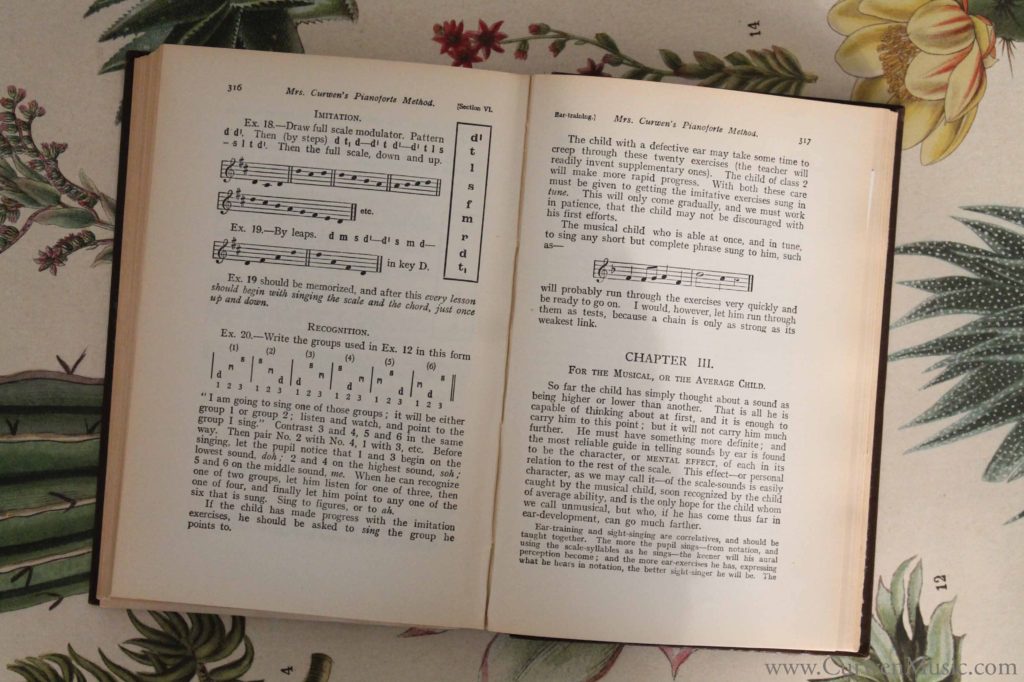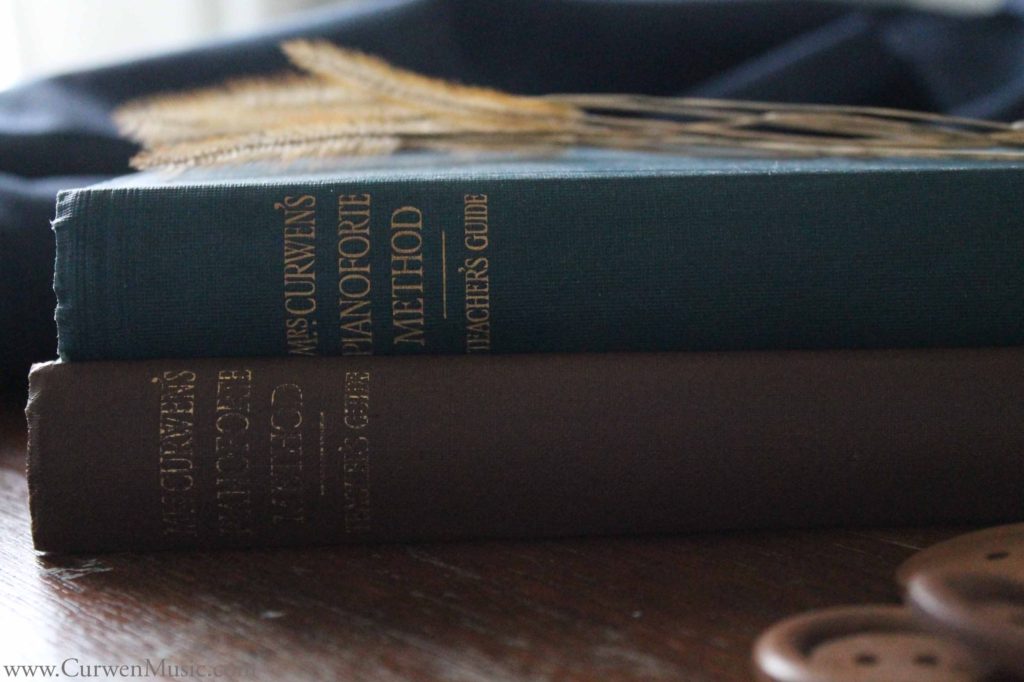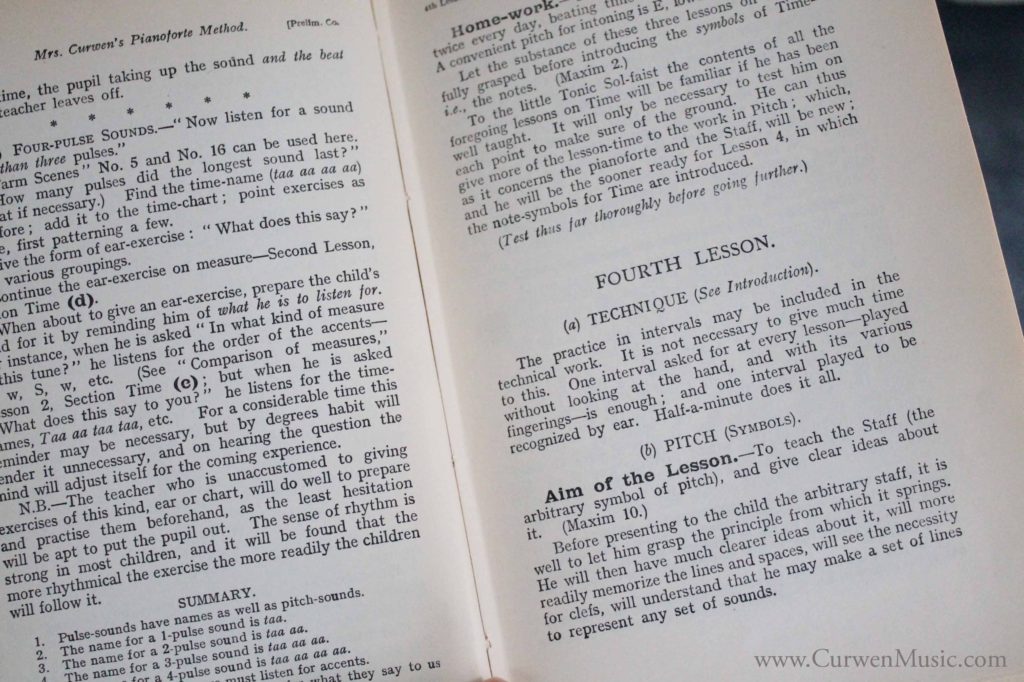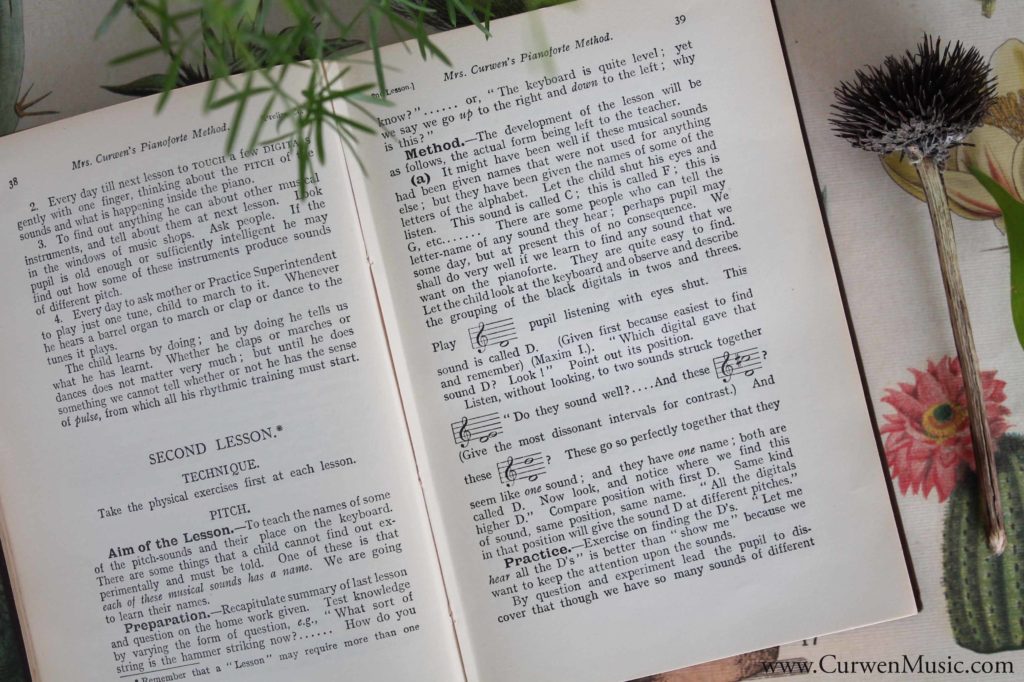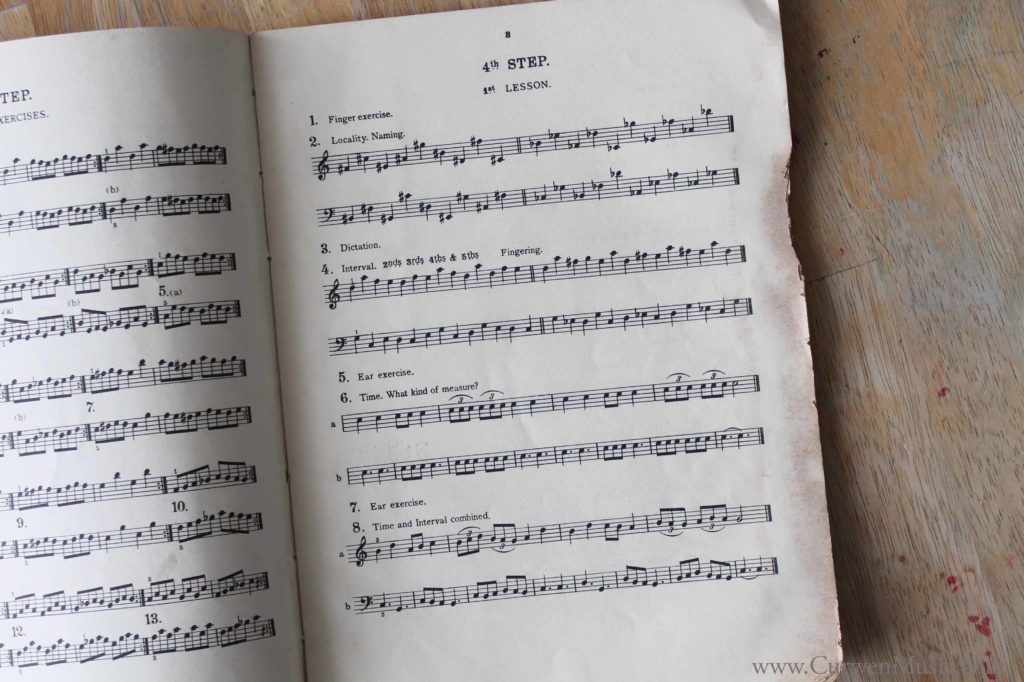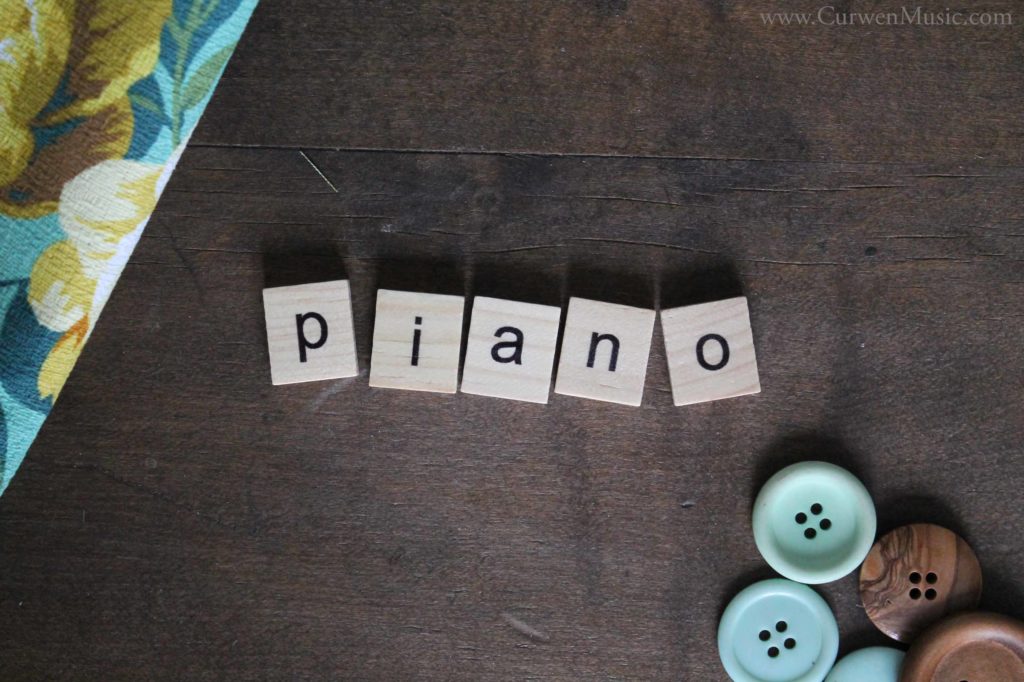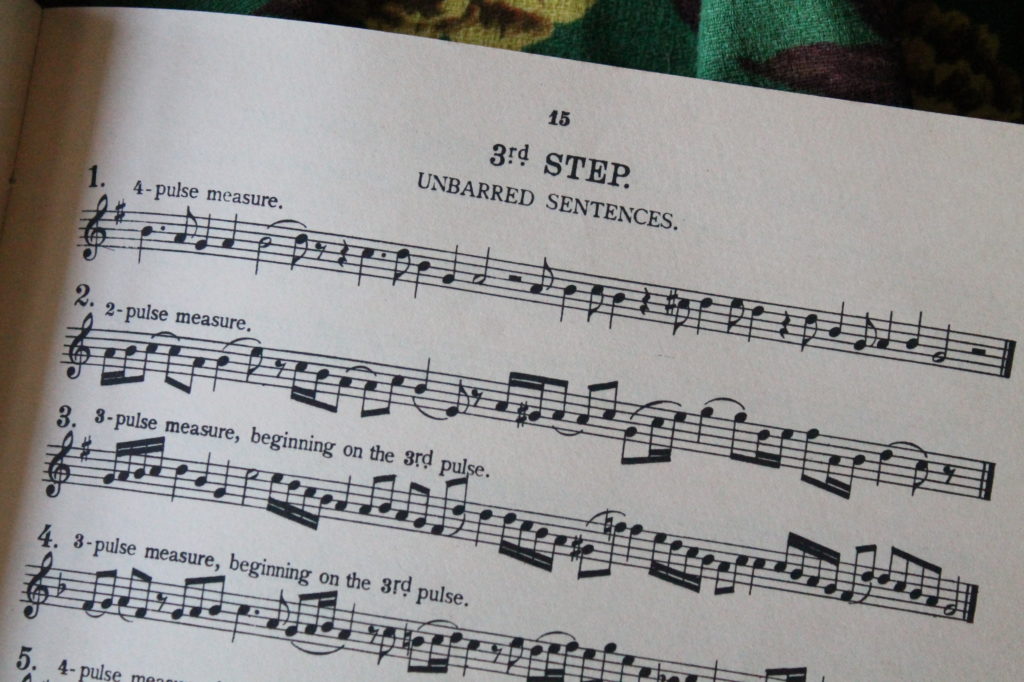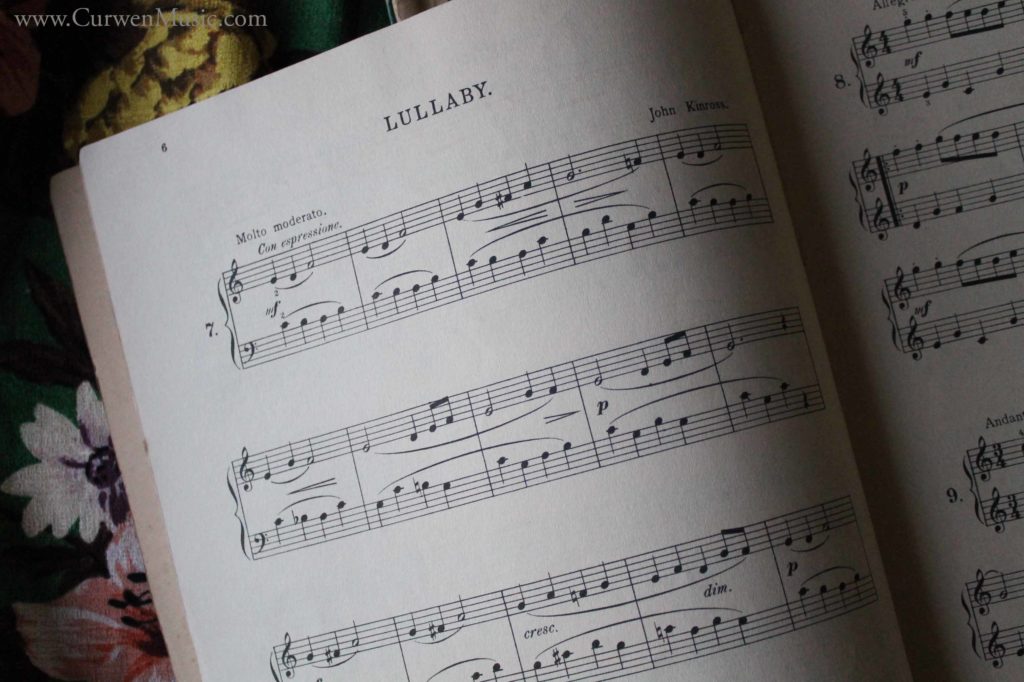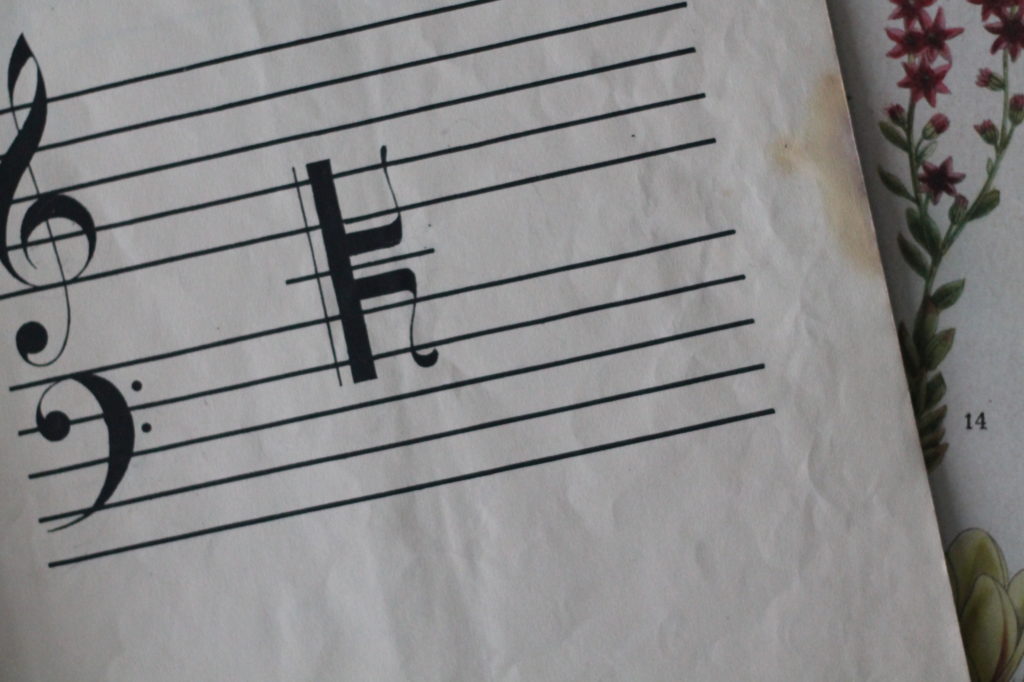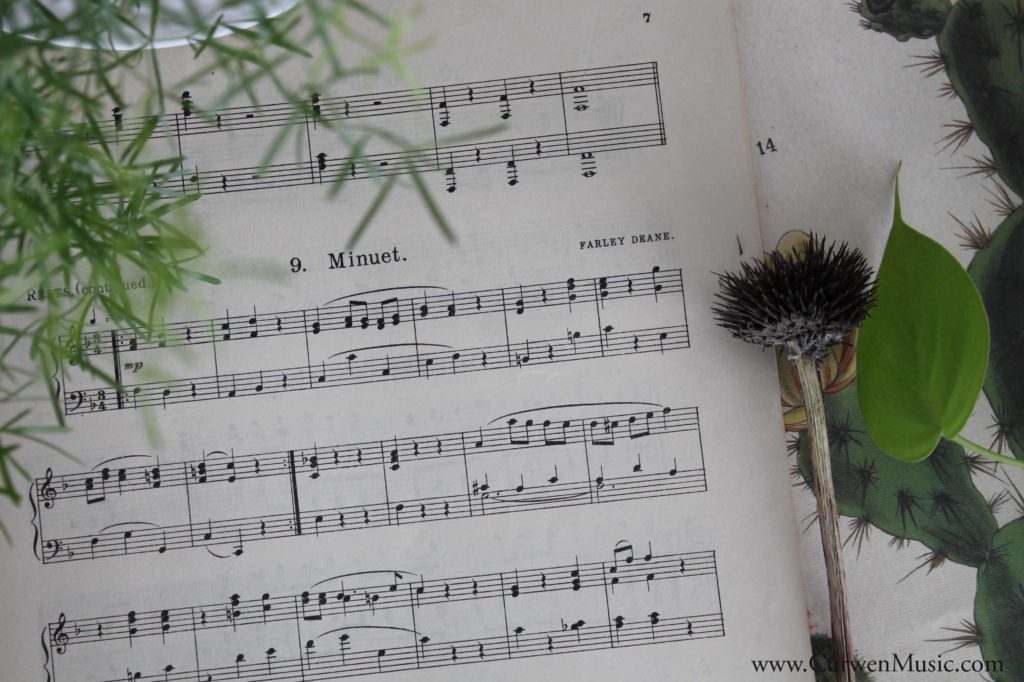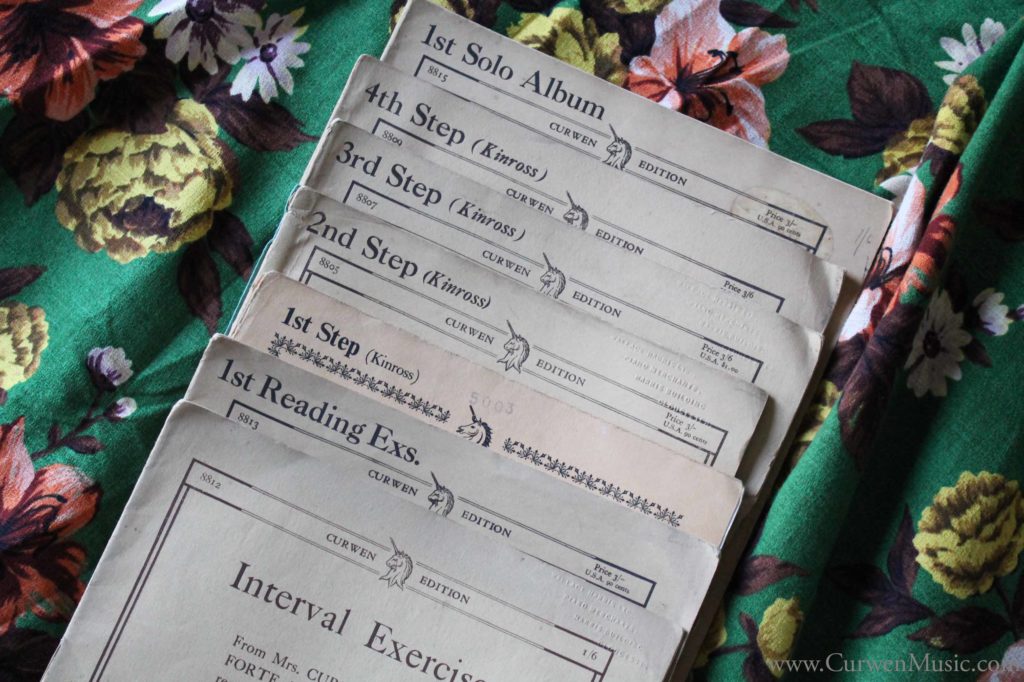After I started reading Mrs. Curwen’s Pianoforte Method – The Teacher’s Guide, I soon realized that the way I had been teaching piano for over a decade could be drastically improved upon. This set me out on a journey to apply Mrs. Curwen’s methods and the change I began to see in my students and my own teaching was immediate and dramatic.
As I continue to read her book and study her lessons, I have tried to place some of her most significant and helpful principles here for anyone else studying the method.
“The unsatisfactory performance of nine-tenths of the young players we hear – pupils of careful and painstaking teachers, who wonder why they do not do better – is due to the lack of ear-training.”
I am asked this question often: How does Mrs. Curwen’s method compare to other piano teaching methods?
I’ll answer this question as best as I can (in a somewhat generic sense). As you compare methods, feel free to graciously comment with your own thoughts and interpretations. I’m curious what you think as well!
What list of assignments would we see if Mrs. Curwen was making a list for her students to practice through the week?
When reading Mrs. Curwen’s book, you will see that she has written (a) TECHNIQUE (See Introduction) at the beginning of the chapter for the fourth preliminary lesson. You’ll see technique listed in most of the preliminary lesson chapters.
What is she referring to? What technique related subjects should we be presenting to our students?
Mrs. Curwen often mentioned her desire for children to have music in front of them that is well written for their small hands. This 1st Solo Album is her compilation of pieces of music she felt suited the needs for children. They were pieces written simply for the beauty of music, yet they were written with children in mind.
If you are ready to start your students with the 1st Step, but you haven’t studied Mrs. Curwen’s Teacher’s Guide yet, below is a video to get you started. It’s a summary for teaching the 1st Lesson of the 1st Step.
What is the depth and breadth of the content to be taught here? What is the order in which the content should be taught for the best learning? These are the questions I’m hoping to clearly answer here.
Mrs. Curwen’s method is geared toward two groups of people. She has a complete method written out for use by the teacher. She also has a complete series of books written for use by the student. Can one be used effectively without the other?
Mrs. Curwen believed firmly that you “teach the thing before the sign.” In this video, let’s discuss how she applies this idea to the teaching of pulse, measure, and finally the quarter note.
When it comes to studying Mrs. Curwen’s Method, I’ve spent the most time studying her beginner Preliminary Lessons. Most of my students are beginner students. Mrs. Curwen also mentions rather…
Remember, Mrs. Curwen always draws upon the known to teach the unknown. What does the child know?
The child knows the Sol-fa scale. The child usually can hear and sing doh, ray, me, fah, soh, lah, te, doh. They know what that should sound like. Let them choose a starting sound on the piano (a middle pitch that works for their range) and sing the scale.
Unbarred sentences are simply lines of music without bar lines. The child has the responsibility to fill in the bar lines. If a child has any misunderstanding of time notation, this is yet another exercise put in place to bring that misunderstanding to light.
This is another thorough way that Mrs. Curwen tests the knowledge of time notation.
If you’ve done any searching around online for some original versions of Mrs. Curwen’s piano books, you quickly see there are two versions of each Step book.
It doesn’t take too much reading in Mrs. Curwen’s Pianoforte book before you run across the term crotchet. After seeing it repeatedly and taking to heart a few context clues, I realized I need to clarify this word.
Mrs. Curwen wants children to read music. If they can read the notes on the staff, they can play the songs. If they can play songs, they’re going to continue playing. They’ll find satisfaction and joy in their progress. Much of this begins with reading the staff.
Mrs. Curwen wants the children to understand that the staff is continuous. We have the treble staff and the bass staff, but they are related to each other. We teach them together using the C Clef.
“The sine qua non of reading music is a quick recognition of the written sounds in relation to the keyboard; an unhesitating obedience of the finger to the eye; an obedience so unhesitating and complete that the action of the two is almost simultaneous.” Mrs. Curwen.
We’ll review how Mrs. Curwen shows us how to accomplish this with our students.
Throughout Mrs. Curwen’s book, you see “N.B.” in various places. This is Italian for Nota Bene. It means to take note. She is marking sometime as significant. She wants me, as a piano teacher, to stop for a moment and read carefully.
Here’s a growing list of notes I’m finding as I go.
Mrs. Curwen has specific instruction for how to start a beginner piano student. She lays out five lessons that she refers to as the Preliminary Course. The child needs to investigate and discover for himself the elementary facts of music.
“Mrs. Curwen’s Child Pianist method is worked out, with minute care, upon the same lines; that is, the child’s knowledge of the theory of music and his ear training keep pace with his power of execution, and seem to do away with the deadly dreariness of ‘practising.'” Charlotte Mason
Rote playing is simply playing by imitation and repetition. As a piano teacher, I’d sit by a student at the piano and play a simple tune. I would not use music in front of me. The child would listen and watch me play. After watching and listening, the child would repeat what I just played.

